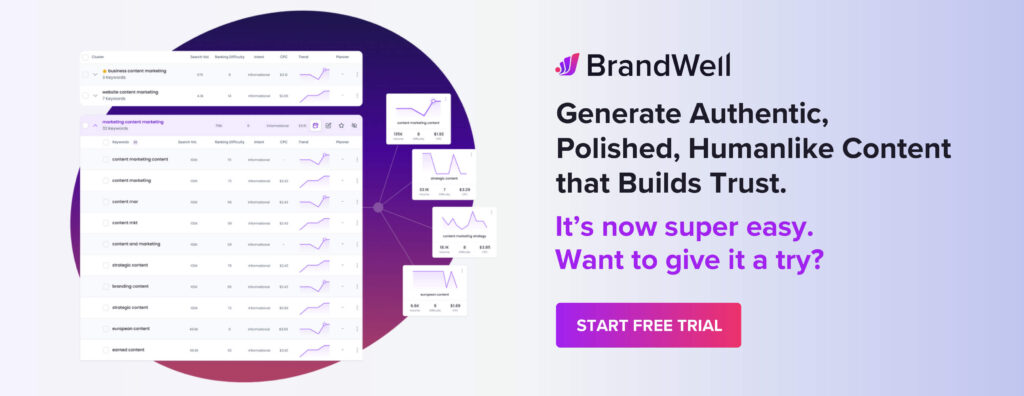Discover top guides, trends, tips and expertise from AIO Writers
What is a SERP and How Do Search Engines Rank Your Content?
Julia McCoy
Tuesday, 19th Mar 2024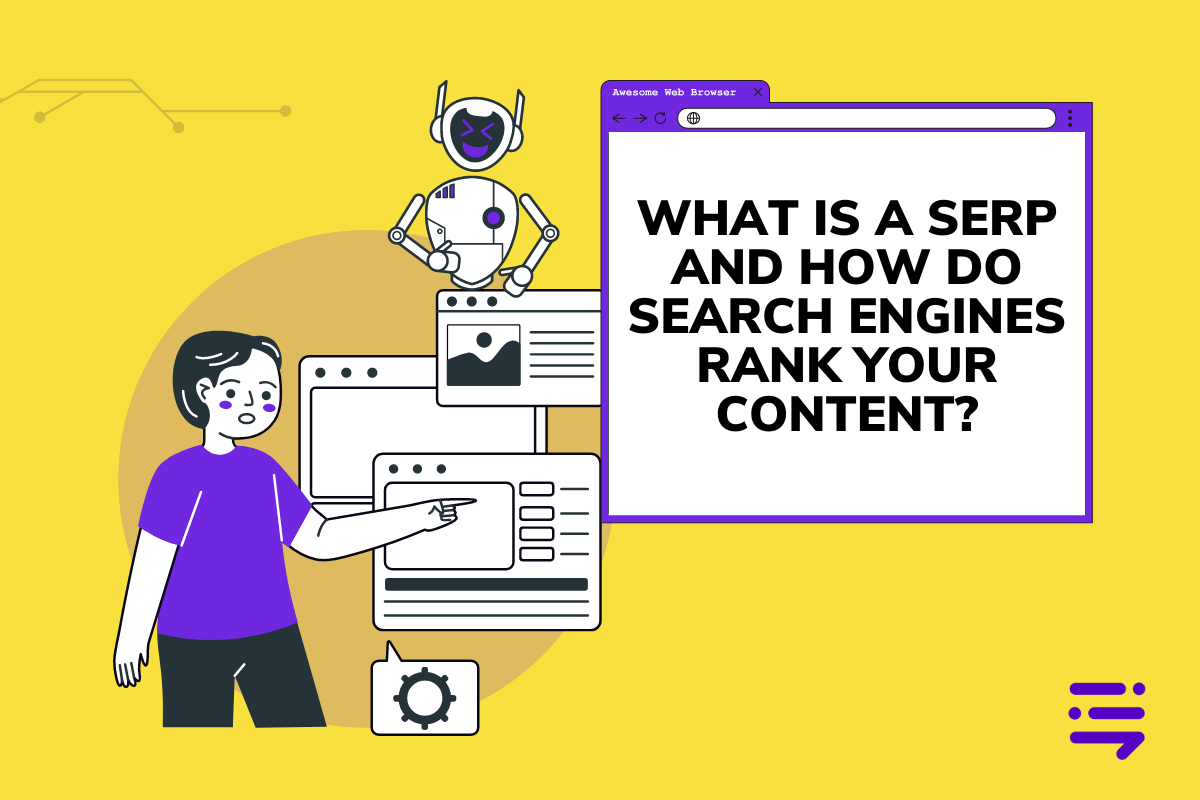
One of the most crucial elements of online visibility is the SERP, short for the Search Engine Results Page.
The SERP is Google’s response to anything you type in the search field.
Think of SERPs as the ultimate showdown arena where websites duke it out for the top spot in search engine listings. It’s like a virtual battlefield where the stakes are high and the rules are constantly changing.
In this blog post, we will cover SERPs from top to bottom, breaking down each SERP feature and how you can propel your website to the most coveted SERP ranking: Top Position, Page One.
Whether you’re a small business owner looking to boost your online presence or a newbie marketer eager to level up your skills, consider this your ultimate guide to SERPs. By the end, you’ll be armed with the knowledge and tools to conquer SERPs and elevate your online game like never before.
Table Of Contents:
- What is a SERP and How Does It Work?
- The Importance of SERPs in Digital Marketing
- Search Engine Optimization and SERPs
- What are The Features of a SERP?
- Strategies to Rank in SERPs
- Conclusion
What is a SERP and How Does It Work?
A search engine results page is the page that a search engine like Google or Bing displays after you type in a question or phrase and hit ‘Enter’. It’s essentially a list of websites that search engines think perfectly matches your search query.
Now, how does it work?
When a user enters a search query, the search engine quickly scours its vast index of web pages to find the most relevant results. Then complex algorithms determine which results to display and in what order.
These algorithms take into account a multitude of ranking factors, including:
- The keywords used in the query
- The freshness and relevance of the content
- The number and quality of backlinks pointing to the page
- The quality and authority of the website
- The user’s location and search history
The search engine then ranks these results based on these criteria.
In the example below, I typed in the keyphrase “search engine results page” and these are the top four results from Google.
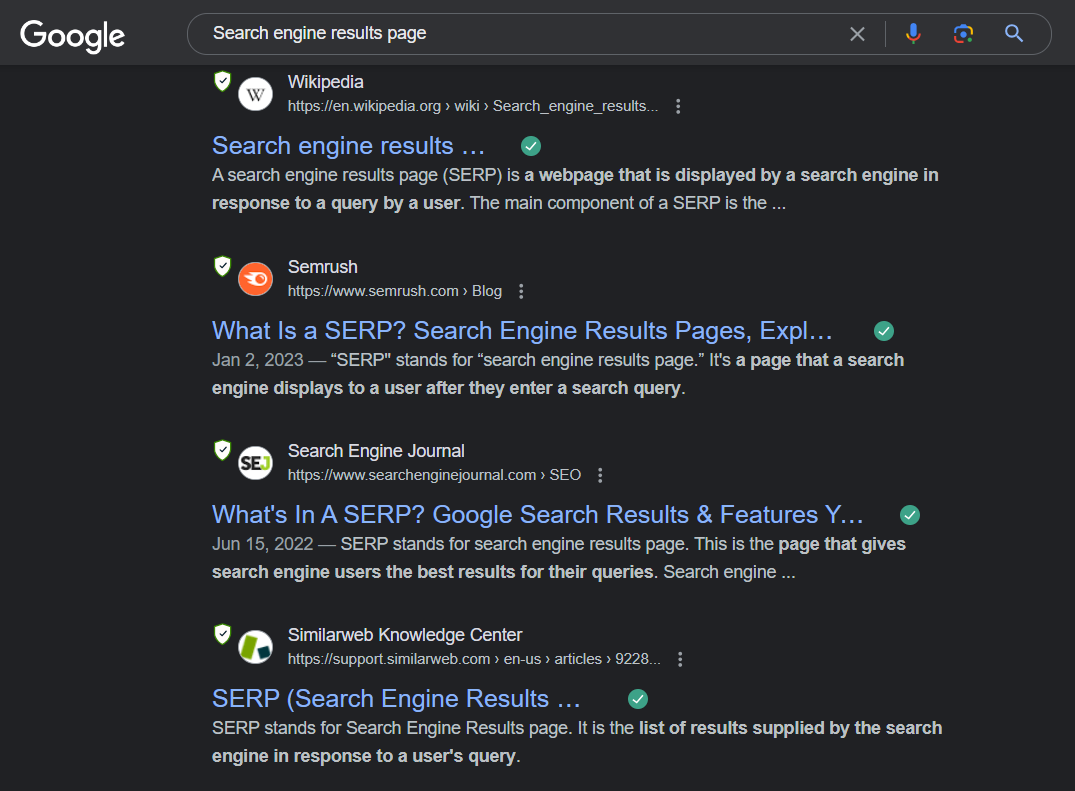
Google has dozens of SERP features that appear on each page, but the two most important categories are organic results and paid results.
Paid results are essentially ads. They are labeled as “Ad” or “Sponsored” on the SERP to indicate that advertisers paid for these placements. These listings are displayed at the top and bottom of the SERP, and sometimes in the sidebar.
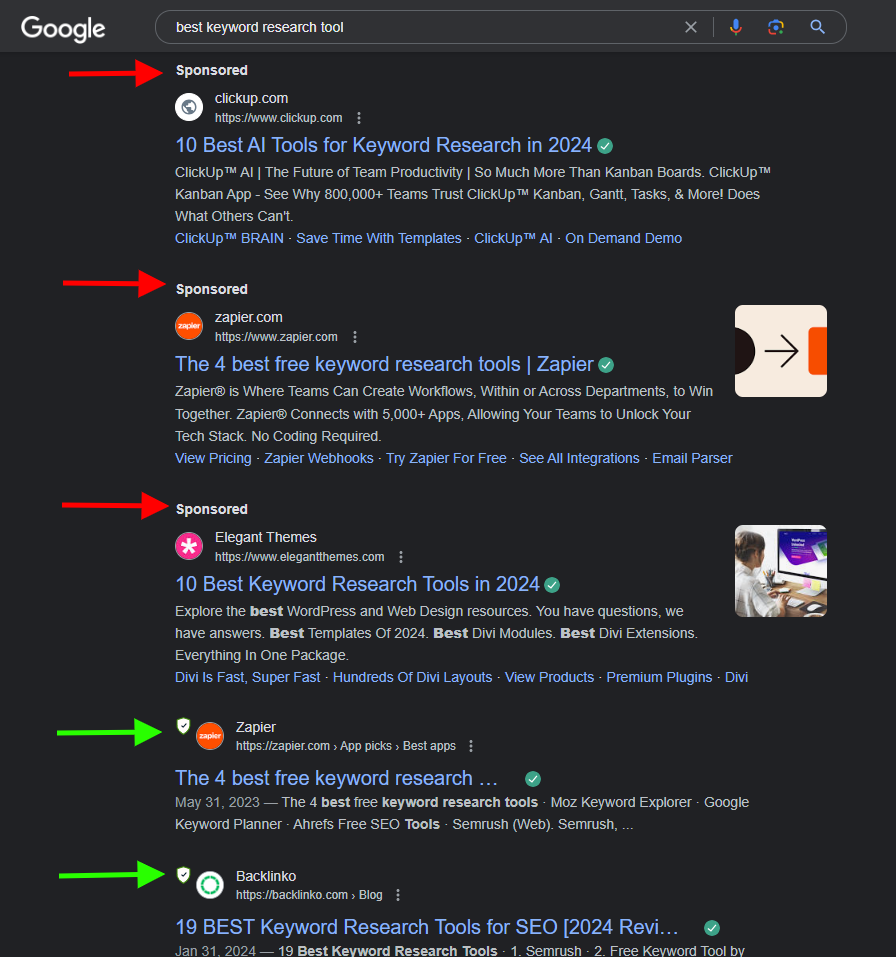


Meanwhile, organic results are non-paid listings that appear on the SERP. These listings are typically displayed below the paid results and can vary in format, including standard blue links, featured snippets, knowledge panels, and more.
Unlike paid results, website owners do not directly pay for placement in organic search results. Instead, they optimize their websites and content to improve their visibility and rankings through search engine optimization (SEO) practices.
Organic results are considered more trustworthy and credible by users since they are based on the search engine’s evaluation of relevance and quality, rather than monetary influence.
The Importance of SERPs in Digital Marketing
For marketers and business owners, the Holy Grail of digital marketing is Position One on Page One. That’s because the first organic result gets nearly 40% of all clicks!



This means if you play your cards right with SEO, your page can land right under users’ fingertips exactly when they need it.
You might be thinking – okay cool, but how do I get there?
Search Engine Optimization and SERPs
Search Engine Optimization (SEO) is a pivotal strategy for improving your website’s visibility on SERPs. Understanding how organic results are indexed by search engines like Google is crucial for any content creator or website owner aiming to get to Page One.
The core of SEO lies in adapting to the ever-evolving ranking signals used by search engines. Historically, a robust link profile was seen as a key factor influencing rankings. Today, while links remain significant, other factors have emerged as equally vital due to rapid advancements in search technology. This constant change presents both challenges and opportunities for those invested in SEO.
There are two types of SEO strategies: on-page and off-page SEO.
On-page SEO is a series of tactics for optimizing individual web pages to rank higher in SERPs. Key practices include incorporating keywords naturally into the metadata and content, structuring the page with headings and subheadings, and adding visuals and other reader-friendly elements.
Off-page SEO, on the other hand, is implemented outside of a website to increase its domain authority. Popular techniques include backlinking from reputable sites, guest blogging, and social media marketing. Though challenging at times due to its reliance on external factors, effective off-page tactics can significantly impact your site’s perceived value and authenticity in the eyes of search algorithms.
No single ranking signal holds all power. It’s about balancing on-page and off-page SEO strategies with the single goal of attracting more quality traffic in the SERPs.
Check out our comprehensive guides on on-page SEO and off-page SEO techniques that are sure to propel you to the top of search engines.
What are The Features of a SERP?
In addition to the list of top-ranking websites, there are other SERP features you’ll typically find on the results page when you enter a query.
Google Ads
As mentioned earlier, you’ll find Google Ads at both the top and bottom of a SERP. These pay-per-click advertisements are pivotal for businesses aiming to gain immediate visibility in search results. Snagging these premium spots requires not just a major financial investment but also crafting high-quality ad content that resonates with your target audience. The competitive nature of keywords dictates the cost-per-click (CPC), making it essential to optimize your bids and ad quality to secure prime positioning.
Learn more about pay-per-click ads and how advertisers bid for them to attract targeted traffic.
Featured Snippets
A standout feature on Google’s SERP is the featured snippet, often referred to as “position zero.” This coveted spot highlights an excerpt from a webpage that directly answers a user’s query, all within a distinct box atop organic listings.
Earning featured snippets can significantly boost click-through rates by providing users with instant value. Crafting content that directly addresses common questions or provides clear solutions can increase your chances of landing in this spotlight area.


Direct Answer Box
The direct answer box is another coveted position in search engine results pages that content marketers and SEO strategists aim for. This prime real estate on Google’s first page provides immediate answers to users’ queries, directly enhancing visibility and potentially increasing website traffic.
Unlike a featured snippet, the direct answer box does not attribute a source or provide a link because the answer is considered public domain.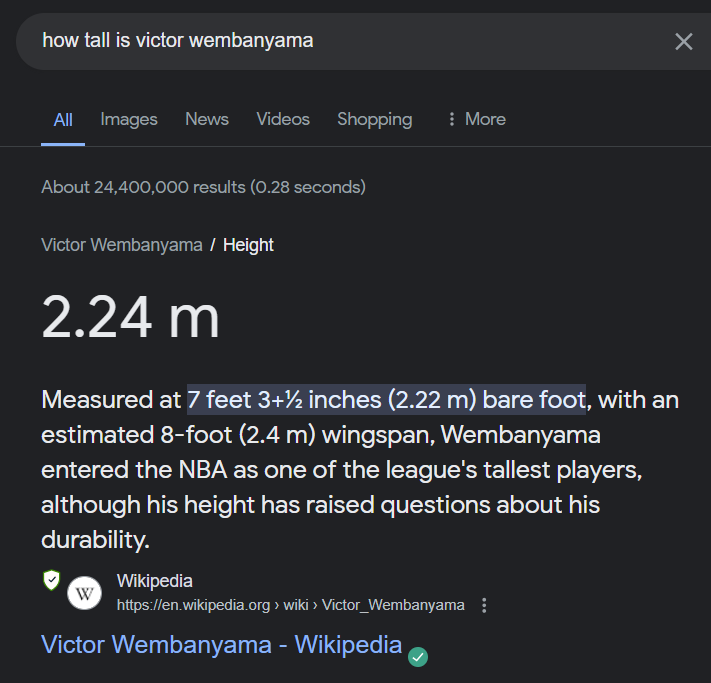

Images
Google will display results from Google Images for keywords where visuals are relevant, such as “red cars” or “cute puppies”.


Videos
Google also displays videos that are relevant to a search term. This section usually shows up with a set of three videos, with an option to view more.
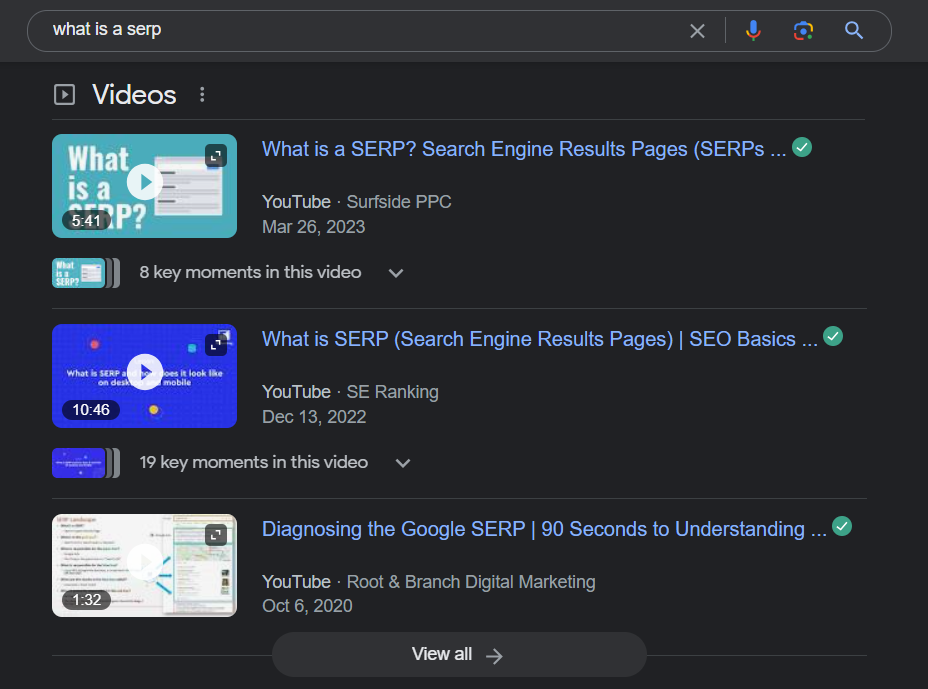

People Also Ask
The “People Also Ask” box is a dynamic feature in Google’s SERPs that provides users with additional questions related to their initial query. Each question expands into an answer snippet often pulled from web pages ranking high on the topic, providing direct answers or further information. This not only aids users in refining their searches but also offers content creators a unique opportunity to get their information in front of more eyes.


Local Pack
Google displays local packs for search queries that are specific to a geographic location.


Shopping Suggestions
In queries with commercial intent, product listings complete with prices and reviews offer users quick access to online shopping options.
Review data is often represented by star ratings, with results between 4 to 5 stars receiving more clicks.
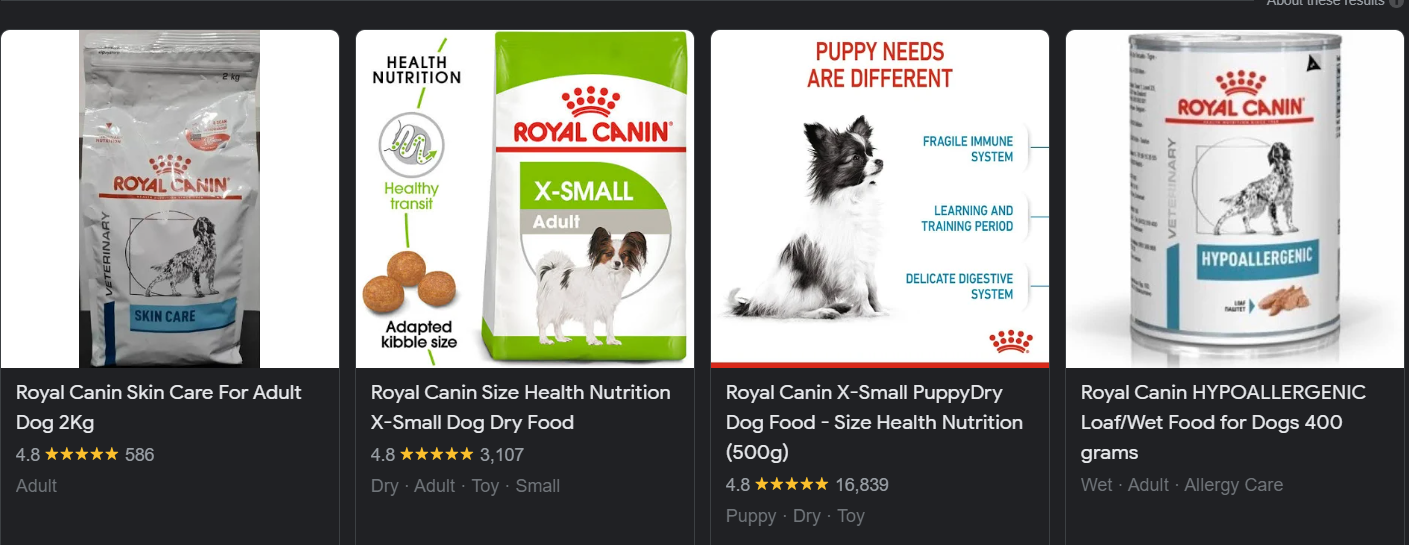

News Box
Google also displays links to top stories about a specific topic.


Knowledge Cards & Panels
A knowledge card is like a mini Wikipedia entry that displays facts about entities such as corporations, celebrities, landmarks, TV shows, or events without needing to click through websites.
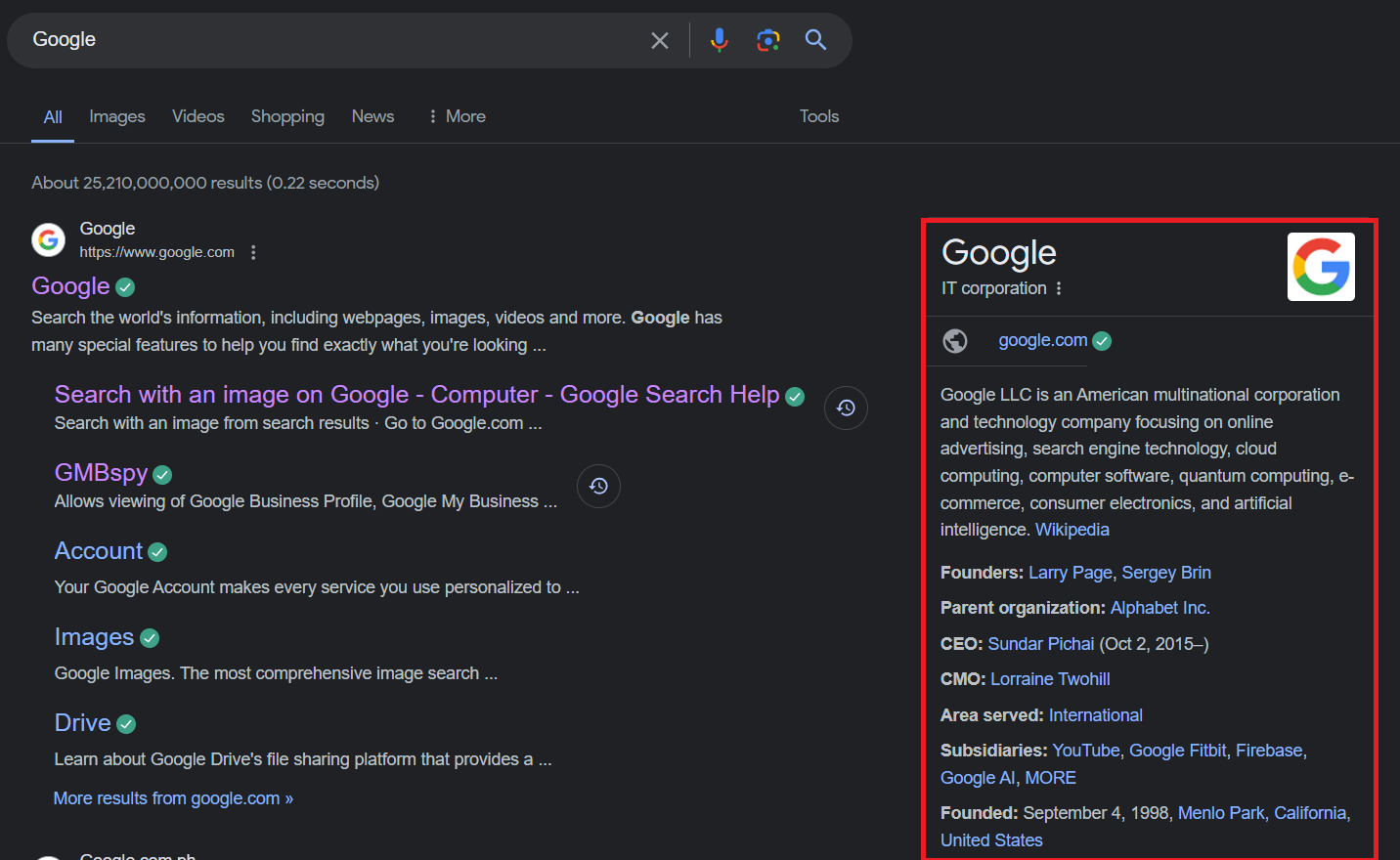

Tweets
Real-time updates from Twitter may appear for trending topics or notable public figures, showcasing social media’s influence on search results.
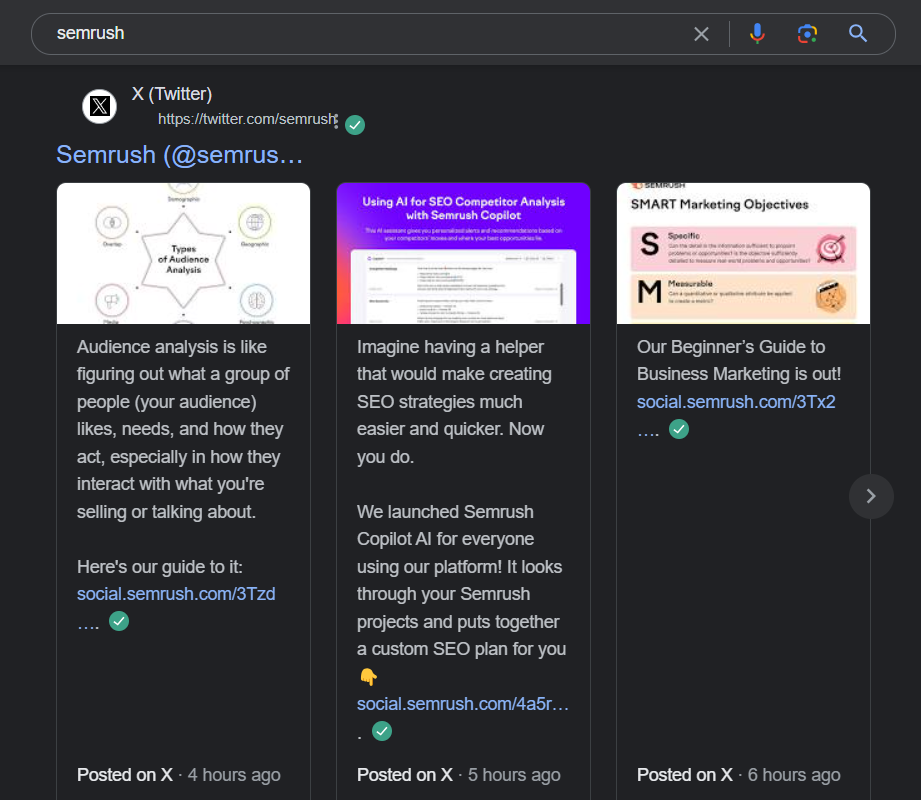

Google SERPs keep changing, with more features added (or removed) to improve the user experience. By staying informed about Google’s algorithm updates, we can optimize our content to align with how search engines present information on the SERPs, maximizing our online visibility.
Get the rundown on the latest SERP elements (and how to grab those prime positions) in our comprehensive guide on SERP features.
Strategies to Rank in SERPs
Gone are the days when just stuffing your page with keywords would get you on Google’s first page. Today, it’s more about using clever tactics to charm those algorithms and claim our spot at the top.
Here are some effective SEO strategies to improve your website’s ranking and visibility:
On-Page Optimization
- Keyword Research: Identify relevant keywords that users are searching for and integrate them strategically throughout your website content. There are many free and paid keyword research tools available online.
- High-Quality Content: Create informative, engaging, and well-written content that addresses the search intent of your target audience. Google prioritizes content that is valuable and provides a positive user experience.
- Technical SEO: Ensure your website is mobile-friendly, has fast loading speeds, and has a clean and logical structure. This will not only improve user experience but also help search engines crawl and index your site faster.
- Title Tags and Meta Descriptions: Craft compelling titles and meta descriptions that accurately reflect your content and include relevant keywords. These snippets are what users see on the SERP, so they should be informative and click-worthy.
Off-Page Optimization
- Backlinks: Backlinks are links from other websites to yours. Search engines see backlinks as a sign of trust and authority. Earning backlinks from authoritative websites can significantly boost your SERP ranking. There are many ways to acquire backlinks, such as guest blogging, creating link-worthy content, and online reputation management.
- Social Media Engagement: Promote your content on social media platforms to drive traffic to your website. Social media shares and engagement signals can also indirectly influence your search ranking.
Remember, SEO is a long-term strategy. It takes time and consistent effort to see significant results. By implementing these strategies, you can increase your website’s visibility and attract more organic traffic through search engines.
Conclusion
So, there you have it. A search engine results page or SERP isn’t merely a list of websites. It’s where battles for visibility are won and lost in milliseconds.
Securing that prime position on a SERP turns out to be a blend of analytical precision and creative expression. It’s about understanding your audience deeply and tailoring content so finely that Google can’t help but showcase you.
Ready to turn obscurity into visibility?
An AI SEO writer like BrandWell can make all the difference. This content marketing powerhouse can help you unearth those keyword gems and craft top-notch content that resonates with both search engines and human readers.
Don’t miss out on the opportunity to revolutionize your content strategy – join us on the journey to SERP success!

UNLOCK YOUR POTENTIAL
Long Headline that highlights Value Proposition of Lead Magnet
Grab a front row seat to our video masterclasses, interviews, case studies, tutorials, and guides.

